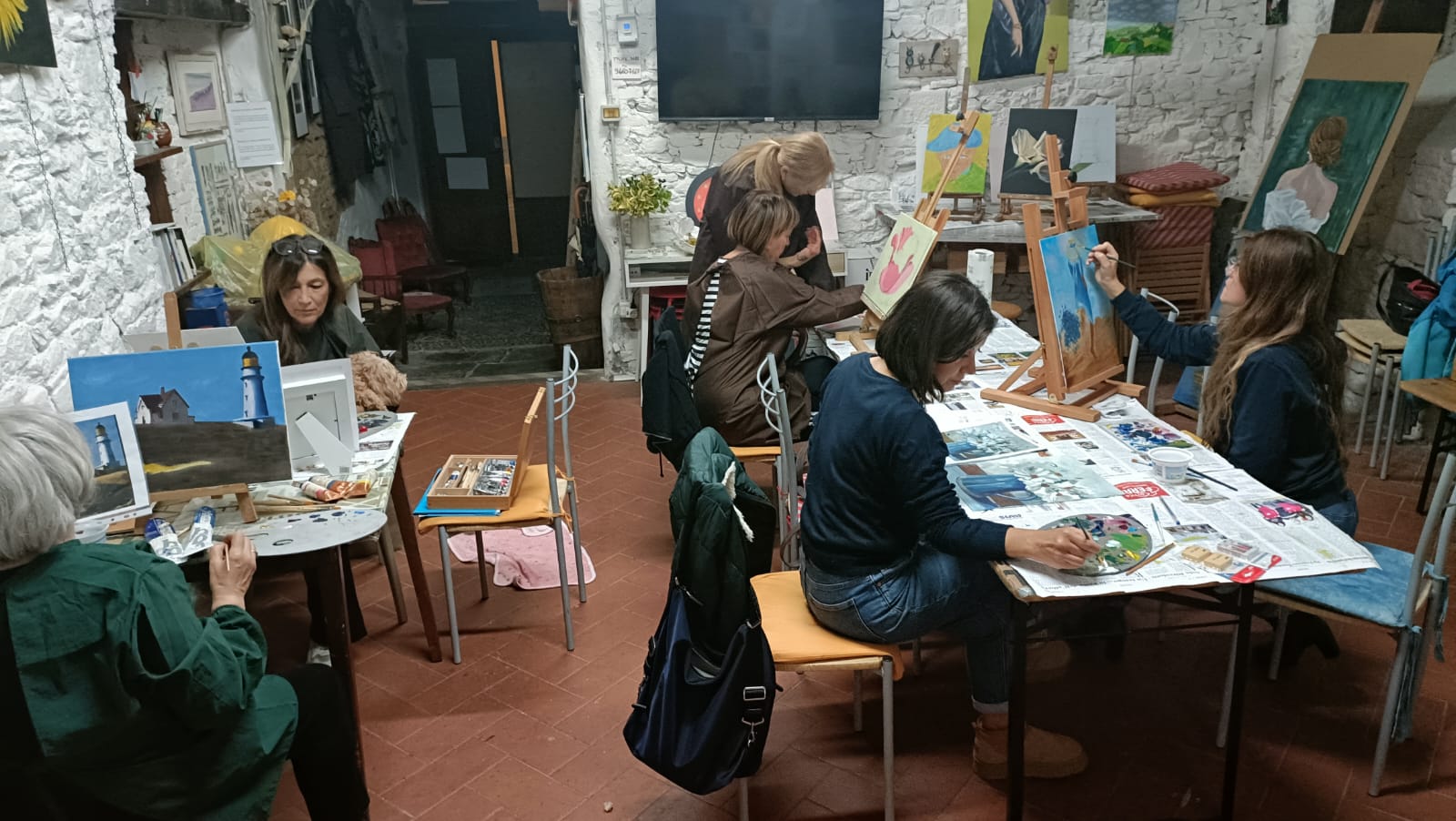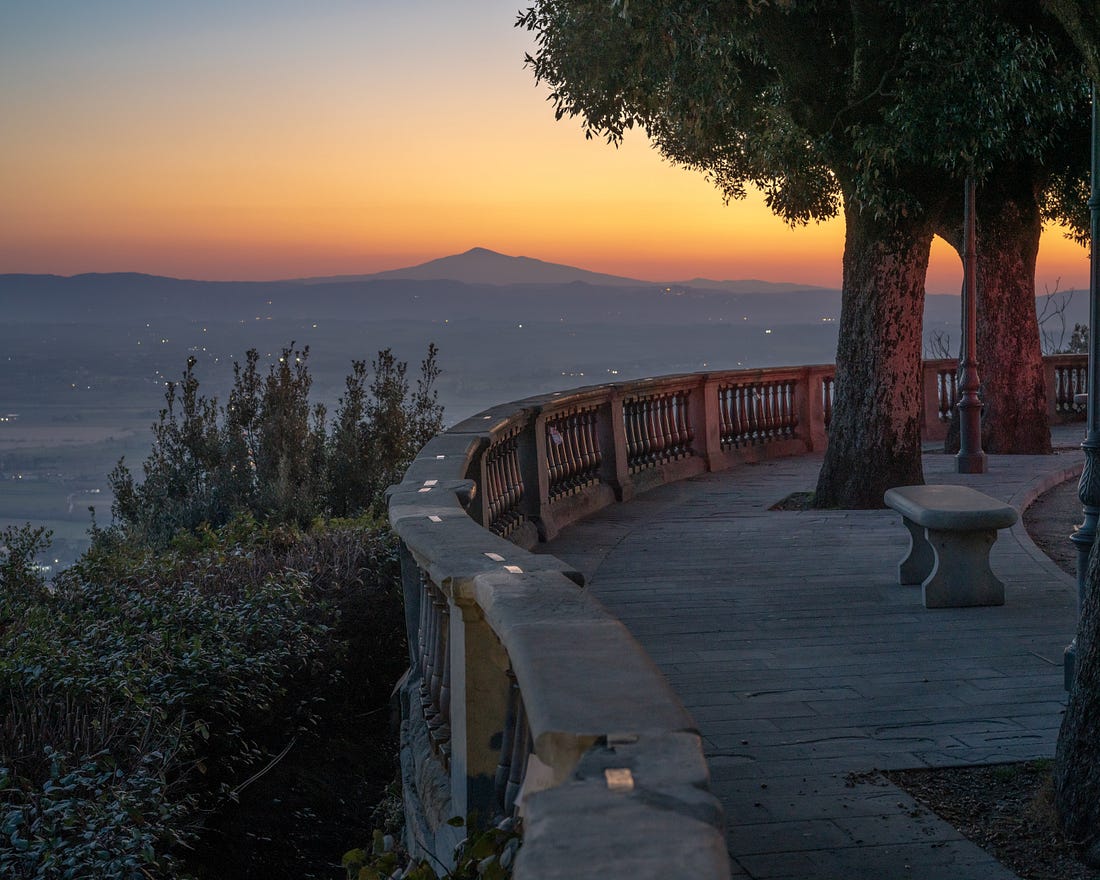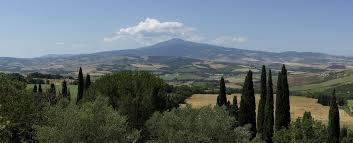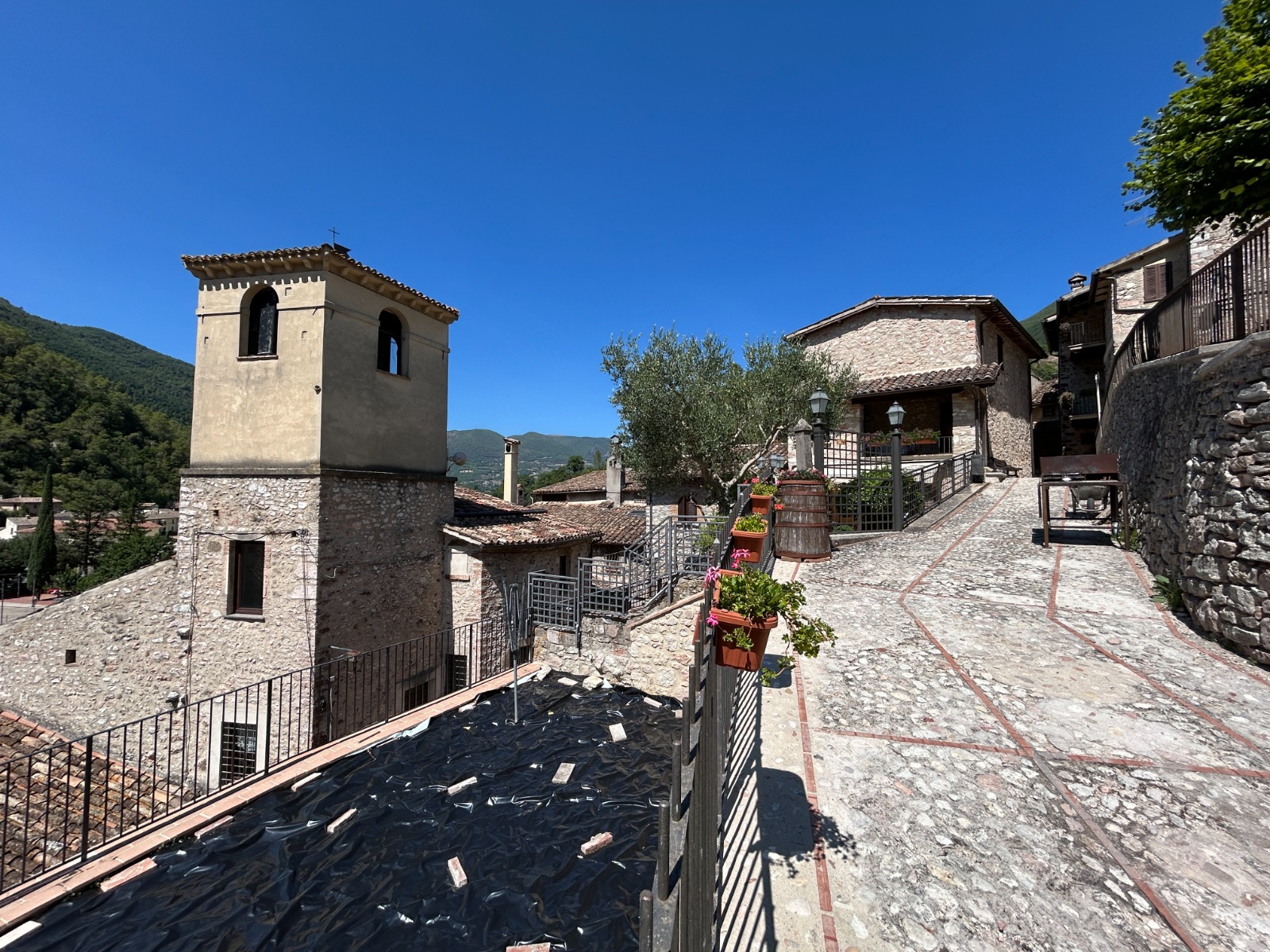I hope I have got your attention with my unimaginative alliterative title, but it is important you do not miss the exhibition Giorgio Vasari: The Theatre of Virtues in the Galleria D’arte Contemporanea that showcases the talent of one of the world’s greatest Italian polymaths; painter, sculptor, architect and writer and which is currently showing in his home town until 2 February.
Let me be clear from the start. YOU MUST NOT MISS IT - you have no excuse. There are currently many initiatives in Arezzo celebrating 450 years since his death, just don’t miss this one. You will be parked up and through the door in only forty five minutes from Casa Sara.
This is bite-sized Vasari. His overwhelming achievements, work and influence could fill the Uffizi in Florence (which he designed) yet this exhibition is simplistic in the extreme which, when dealing with a polymath, is vital. The aim of the exhibition is to showcase the talents he used to maximum advantage to impress his patron Grand Duke Cosimo I, his Medici patron and in this sense the collection is totally successful. You will be as impressed as Duke Cosimo was, just not overwhelmed in this instance, and wait till you see what the exhibition centres around. The clue’s in the photograph.
It is important before you make this pilgrimage that you are aware of a few jaw-dropping facts about Giorgio Vasari (1511-1574). In brief, and this list is by no means exhaustive:
He was a prolific painter throughout Italy culminating in the magnificent frescos in the Palazzo della Cancelleria in Rome, the Palazzo Vecchio in Florence and beginning those in the Duomo. As an architect, he renovated medieval churches, designed a monastery, a church and palace in Pisa, the Logge in Arezzo, worked on Pope Julius III’s Villa Giulia and was the creator and inventor of the famous Uffizi in Florence and the Vasari Corridor which links the Uffizi to Palazzo Pitti on the other side of the river over the Ponte Vecchio.
I haven’t even started yet.
He wrote the first ever critical history of Western art, Lives of the Most Eminent Painters, Sculptors and Architects, an encyclopedic biography of artists, with a word count lengthier that the Bible which he managed to revise - with pictures! He frescoed his own house in Arezzo throughout. It is fabulous. Was he bored? I thought perhaps the sheer volume of his work would have a detrimental affect on the quality but it doesn’t. He was outstandingly brilliant. He hung out with Michelangelo. The Michelangelo. He was besties with the Medicis. He was a mine of first-hand information. In short, to understand Vasari is to understand the Renaissance.
Back to the exhibition. Presented over two floors, and split into 7 sections, each artistic talent is represented by a small number of important pieces that display his versatility. A self-portrait of the Maestro himself is the first to greet you, looking more like an austere distant cleric than a creative man of the world. Alongside is his instantly recognisable portrait of Duke Alessandro de’ Medici which starts the section of Vasari as a Giant of Art. We then swiftly move on to examples of his early work: The Young Vasari - An Excellent Education. How old was he when he painted that? Really?
It was here I lingered the most to admire his simple drawings in chalk, pen and ink. I wanted to own every one. Some were just preliminary drawings or ideas for future projects yet the detail was immense and so delicately small. How can just a few strokes create a facial expression? How do you position the exact lines of a kneecap or an elbow with such microscopic skill? What was he drawing with? The tip of a sparrow’s feather??
Next a collection of his paintings from The Apotheosis of Virtues series, so admired by the cream of nobility and the Church of his day. Allegory of Honour is represented by the magnificent Mars, the Roman God of War, the Allegory of Patience personified by a chained woman waiting for drops of water to wear the stone that will set her free, both sharing the same striking paint palette of hydrangea pink and blues. Dotted throughout this floor in glass boxes, in case you don’t notice, are priceless editions of The Lives in exquisite print reminding us of his literary excellence.
Then upstairs to Vasari: Sacred Art where amongst others, I was drawn to the dramatic depiction of Crucifiction with the Madonna, St James and Mary Magdalena, his use of pastel primary colours highlighting the strawberry blond hair of the Magdalena at his Christ’s feet. In contrast we see Christ Carrying The Cross, his face drained of colour against the darkest of backgrounds. Finally onto Drawing: The Father of the Arts, where some of his technical drawings line the walls, an inspiration for the Academy he would establish to inspire other artists, as depicted in the last room.
I mentioned a centre piece that can seen from an open viewing area linking both floors and to which Vasari was connected, albeit indirectly. The Chimera of Arezzo, a sculptural masterpiece, is the talisman of the city where it was discovered nearly 5 metres under the ground in 1553 near Porta S. Lorentino. It is considered to be the best ever example of Etruscan art and deemed to be part of an ancient offering around 400 BC. On Vasari’s suggestion it was immediately transferred to the Palazzo Vecchio in Florence where it became the symbol of his patron Duke Cosimo de Medici’s military victories. With a height of 78.5 cm and a length of 129 cm, to be up close and personal to the taloned paws of this mythical bronze, fire-breathing monster, part lion, goat and serpent is an unforgettable experience. Also known as the Chimera of Bellerophon after the name of a young Greek warrior who successfully set out to slay this hybrid creature on his horse Pegasus, this creature’s pained empty eyes, his left rump struck by the deadly lance stayed with me for days.
Not knowing about Vasari when visiting Arezzo is like not having heard about Nelson in Trafalgar Square. He was the ultimate Renaissance man. He is not the only famous Aretine to be honest. Guido Monaco - heard of him? He designed the musical note. Francesco Petrarca? Pretty much credited with initiating the Renaissance movement and its greatest writer and poet. Yet you cannot appreciate Arezzo or what it means to be an Aretine without knowing about Vasari. Which makes me wonder… There is a discretely positioned stone monument of Vasari on a pillar of Palazzo Delle Logge honouring his prolific talent, one hand on his magnum opus, the other holding paint brushes. But where is his column???




